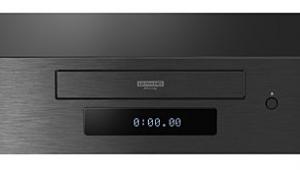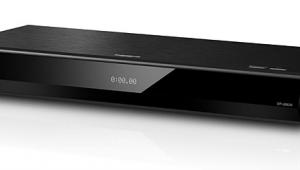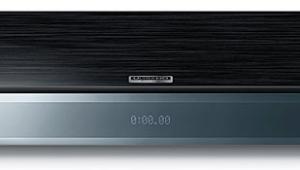Would having a better DAC off set not having HDCD decoding? I really wish Oppo would have put this in the player.
Why do you prefer digital coax over an optical connection for CD's and why not always use the analog outputs so you can you the players DAC ?
Thank You




































































